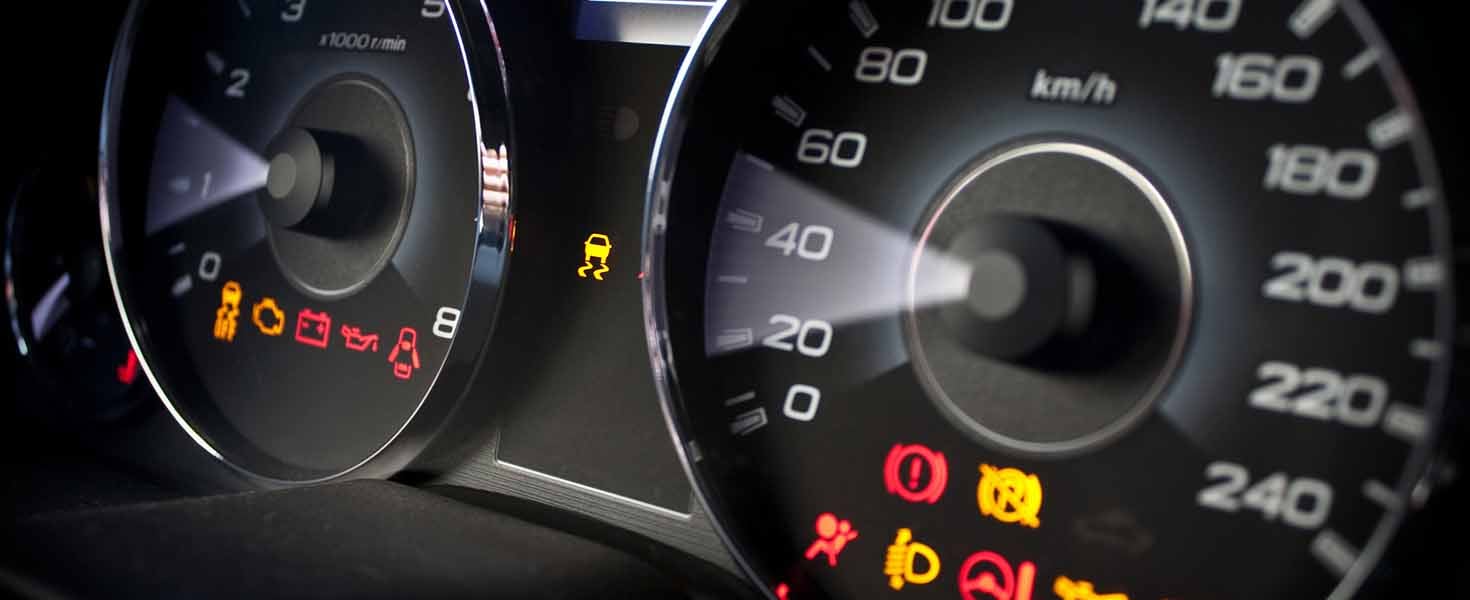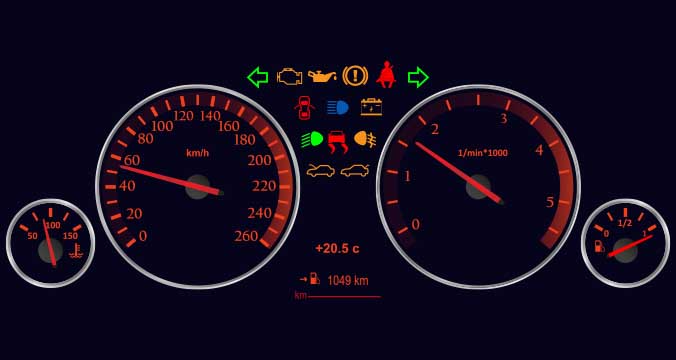Your Guide to Dashboard Warning Lights
The oil warning light doesn’t mean what you probably think it means


If you’re a driver, you’re no stranger to that sinking feeling in your gut that comes moments after an unfamiliar light pops up on your dashboard. The light comes on, maybe while you’re stopped in traffic, and at first you pretend not to see it. “Out of sight, out of mind,” you think—hoping against hope that the magical gremlins living under your hood will just take care of the issue and the light will turn off on its own. And hey, sometimes it does.
They save us time, money, and most of all undue stress and wear on our vehicle components. In 1996, the Environmental Protection Agency (EPA) began requiring all vehicles sold in the United States to be fitted with an on-board diagnostics system or OBD for short. This system places various sensors in key areas of your car or truck, allowing them to report back to the OBD computer whether those areas are functioning properly. When a sensor finds an area not functioning within specifications, it triggers a light on your dashboard alerting you to the problem. Modern vehicles can detect lots of things, from low tire pressure to slippery driving conditions that cause your traction control system to activate. Below are a list of some of the common lights you may see on your dashboard and what they mean.
The dreaded ABS light could mean a couple of different things are going on with your vehicle, none of which should be ignored. Your ABS, or Anti-lock Braking System, is a safety feature that prevents your wheels from locking and skidding when heavy brake pressure is applied. It gives you increased control over your vehicle at the moments you need it most. If this light is on, it could mean that your system is disabled, your sensor is bad, the wire to your sensor has been cut, or that you have a bad wheel bearing, none of which are problems that should be taken lightly. When your ABS light comes on, it’s best to go see a professional as soon as possible.

The check engine light or MIL, Malfunction Indicator Light, is among the most common lights drivers see pop up on their dashboards. Because it can mean so many things, it’s hard to tell if the light means you have something serious going on with your vehicle or not. In some cars, this light may come on for something very minor like the gas cap being loose. So, if you have a newer car, it won’t hurt to check your gas cap first and see if that fixes the problem. If the light stays on, however, it could mean your spark plugs are bad, your oxygen sensor needs replacement, or even that your catalytic converter—which converts carbon monoxide into carbon dioxide—is no longer functioning. It’s safe to assume at the very least you’re driving with reduced performance and putting undue stress and wear on your vehicle’s engine components.
Many drivers know this as the “time for an oil change” light, but what this really means is that your oil pressure sensor has detected low pressure in your system. If this light comes on, address the situation immediately. The oil in your vehicle’s engine is what keeps things moving smoothly and, ultimately, keeps your car or truck alive. Low oil pressure is an indication that either there isn’t enough oil in your system or that your oil pump isn’t working well enough to circulate motor oil to the parts that need it to survive. If this light is on, try not to drive your vehicle and go see your mechanic!
Of course, there are many, many more dashboard lights than just the three we touched on here. A quick internet search can uncover a wealth of knowledge on the subject of dashboard lights as well as their meanings and level of severity.
